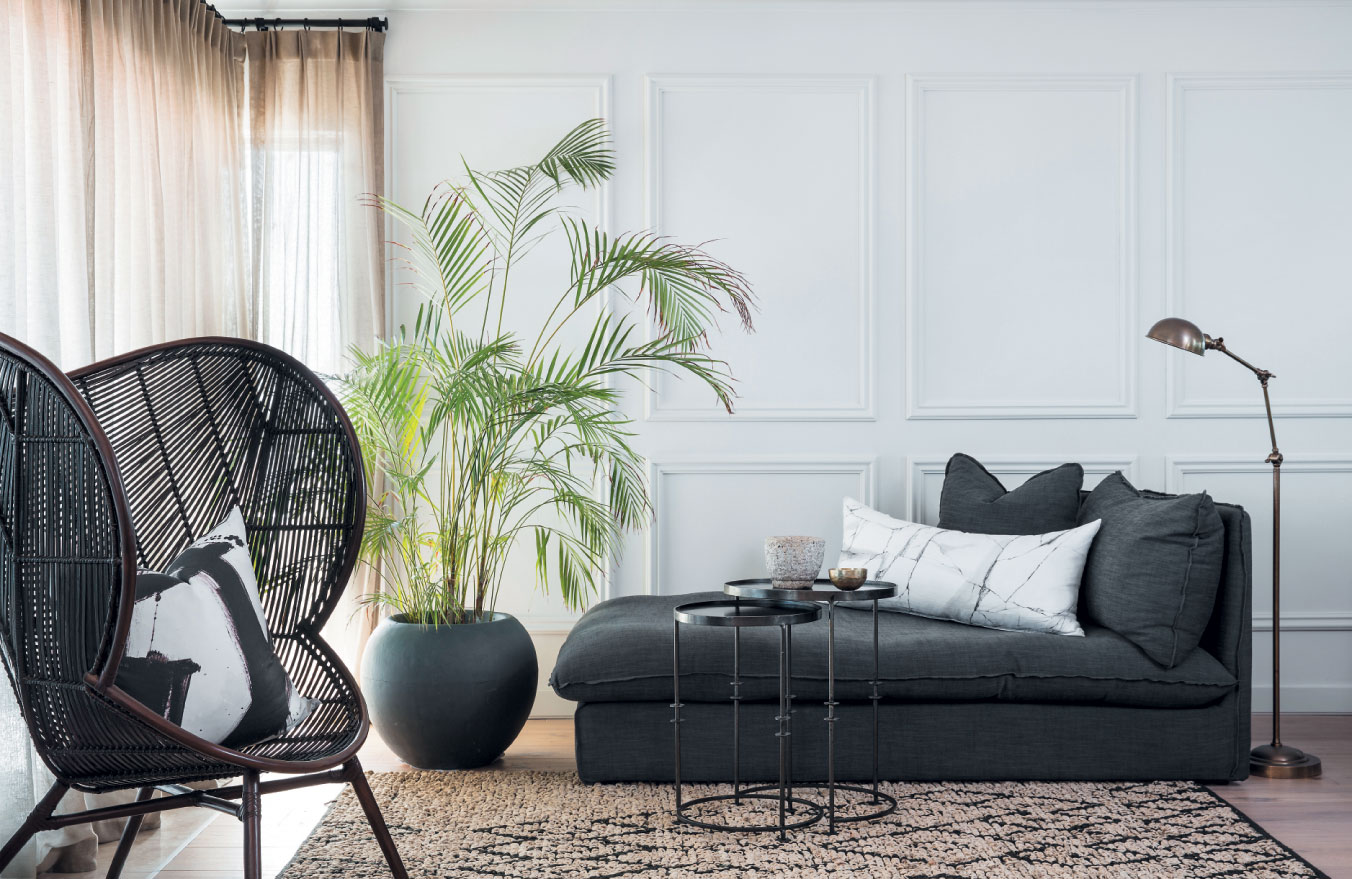Green up your home with these hardy indoor plants which don’t need much water or mind a little neglect. These are the best indoor plants if you don’t have green fingers.
YOU’LL ALSO LIKE: How to care for indoor plants
Bamboo palm (Chrysalidocarpus lutescens)
From tropical Central and South America, the bamboo palm makes an elegant feature plant. Display it in a simple container, in proportion to its height; it can reach 2m.
Light: It does best in bright filtered light, such as behind light curtains in a north-facing living room or bedroom with no direct sunlight on the leaves.
Care: Water when the soil surface feels dry and let the soil dry out in-between waterings. Don’t let it become bone dry or the plant will become susceptible to pests like scale, thrips and spider mite. Empty drainage saucers after watering; it shouldn’t stand in water. Spritzing the leaves helps prevent pests, or use Neem oil to smother them.
Feed: Use a diluted nitrogen-rich liquid fertiliser once a month during summer.
KEEP READING: 6 of the best tropical plants
Ficus benjamina
This hardy indoor plant was popular in the ’80s as a decor plant and has proved its staying power. Indoors it’s a graceful small tree, with dark-green leaves offset by smooth, silvery bark. It grows rapidly, so needs space, and looks good as an accent plant in a warm, bright corner.
Light: It needs bright, indirect light as it could lose its leaves if there’s too little light. It also doesn’t like drafts or cold. A warm, north-facing room is best.
Care: It likes humidity. A regular spritz will help, as will placing it on a pebble tray that keeps the base out of the water. Don’t overwater; wait until the surface of the soil feels dry. Dropping leaves is a sign of stress – possible causes can range from pests, under or overwatering, too little light and changes in temperature, either too hot or too cold.
Feed: Liquid feed once a month in spring and summer.
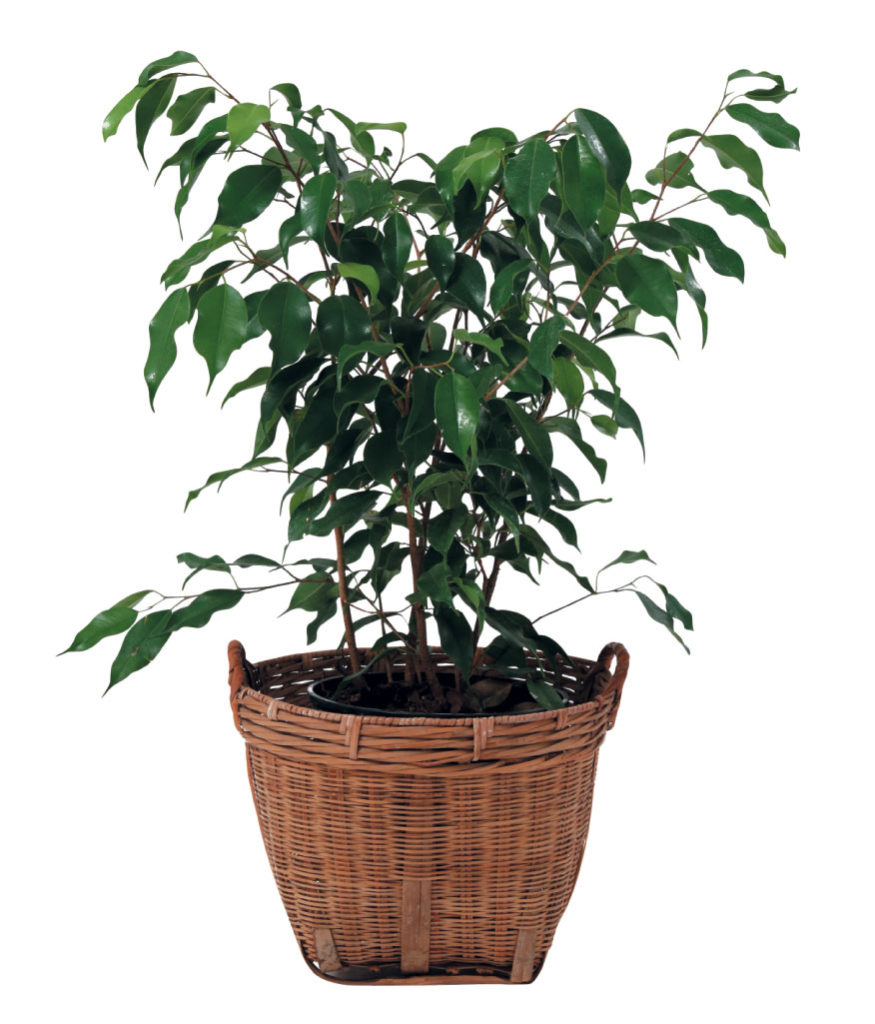
Guzmania lingulata ‘scarlet star’
This is a variety of bromeliad that’s dramatic and exotic and good for the coffee table, the home office or a warm, bright bathroom. What appear to be flowers are in fact flower bracts and they last for two months or more then the plant dies, leaving behind new plants, called pups, which become the next generation.
Light: It needs medium indirect light, and should not be exposed to sunlight.
Care: A tropical epiphyte from the rain forests of South America, it thrives in a warm room with good humidity. Keep water in the central ‘cup’; that’s the space where the leaves meet and form a ‘cup’ toward the base of the plant. In winter, fill the ‘cup’ with lukewarm water, or lightly water the soil leaving the cup dry. Don’t let plants get cold or dry in winter.
Feed: No need to fertilise.
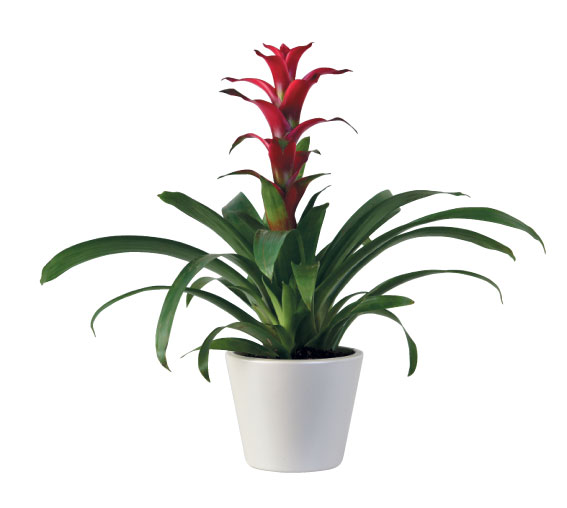
Sansevieria ‘golden futura’
The plant is part of the mother-in-law’s tongue family and is also a relatively new arrival indoors. Interior designers prize it for its minimalist lines. It’s indigenous to Africa as well as Southern Asia. A good air purifier, it removes toxins, absorbing carbon dioxide and releasing oxygen at night. The leaves are potentially poisonous if eaten, so don’t place it where small children can reach them.
Light: Bright filtered light from a north-facing window is best, but it also tolerates medium light, provided the room is warm.
Care: The potting soil should drain well and dry out between waterings. The roots can rot from overwatering. Plants grow into dense clumps and can be split and repotted after a few years.
Feed: Their requirements are minimal; give them a boost once a year with a drenching of liquid fertiliser.
YOU MIGHT LIKE: Air purifying indoor plants
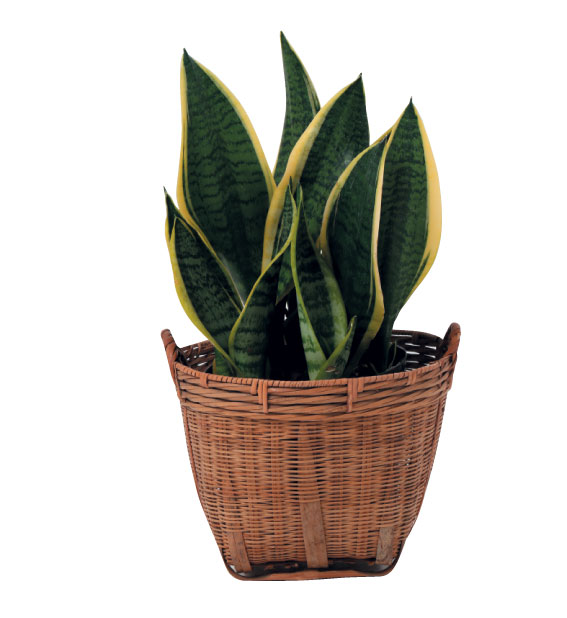
Kalanchoe blossfeldiana ‘calandiva’
This is a type of kalanchoe with double flowers that give it more impact. It’s tougher than most indoor flowering plants and will bloom on and off all year with the most basic care. Use it for indoor window boxes, to brighten a patio or the dining room table or on a kitchen windowsill – anywhere that a touch of long-lasting colour is needed.
Light: Bright, indirect light, but no sunlight.
Care: Water deeply until the water comes out of the drainage holes, but don’t let it stand in water. Wait until the soil is dry before watering again. Removing dead flowers keeps it looking neat and encourages it to flower again. It can also be planted outdoors in a position that receives morning sun.
Feed: Once a month from spring to autumn with a liquid fertiliser for flowering indoor plants.
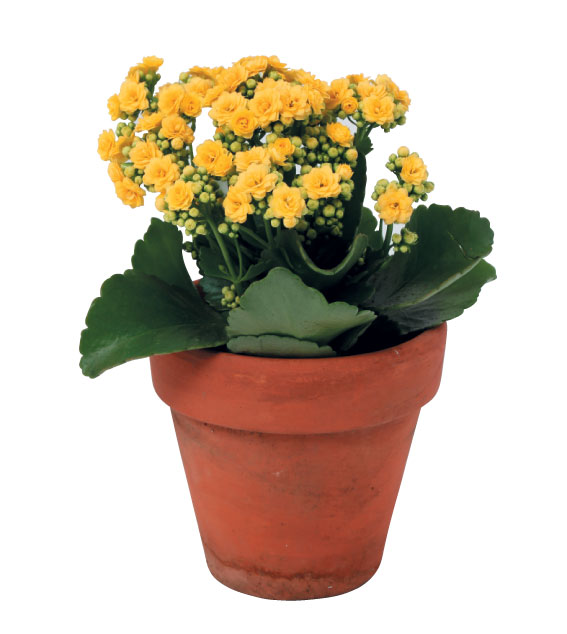
The ZZ plant (zamioculcas zamiifolia)
This is a relatively new house plant, but for indestructability, it tops the list. It comes from East Africa and needs virtually no attention, yet looks lush, glossy and healthy all year. It’s also known for its air purifying qualities and can be toxic, but only if eaten in large quantities. A great bathroom plant, or for darker areas of the home.
Light: It can grow in low light (including fluorescent light), but does better in bright, filtered light. Yellowing or curling leaves means it’s receiving too much light.
Care: It can survive for months without water, but will grow faster with some watering. The rhizomes rot if they get too much water, so make sure the potting soil drains well. This is the plant for people who don’t have green thumbs.
Feed: It doesn’t need fertiliser, but it won’t mind an application of liquid fertiliser once or twice in summer.
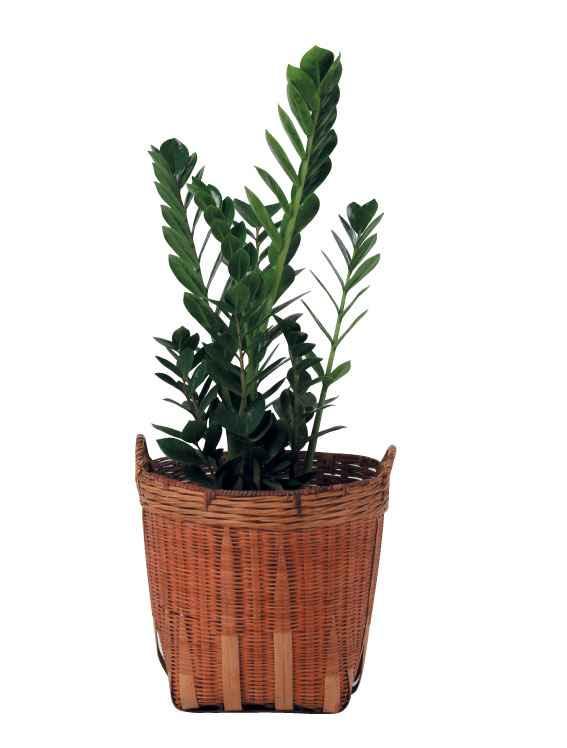
Related to super hardy indoor plants: Keep your indoor plants alive during winter
View more online at Plantimex plantimex.co.za

